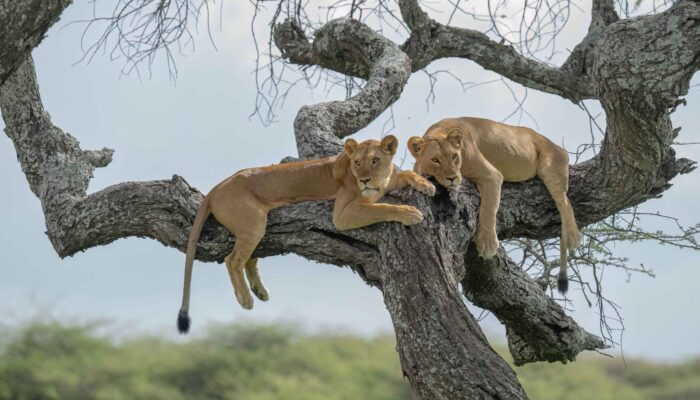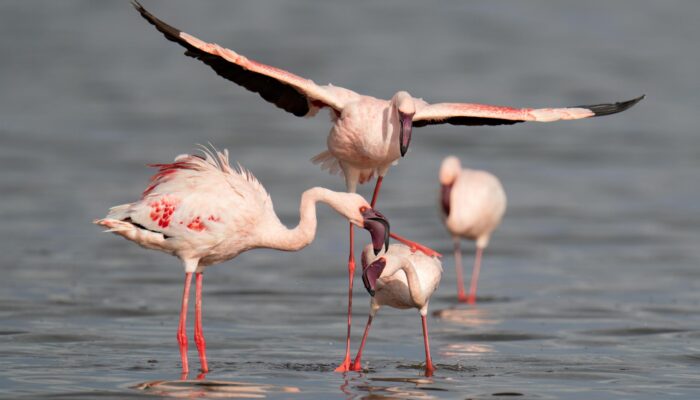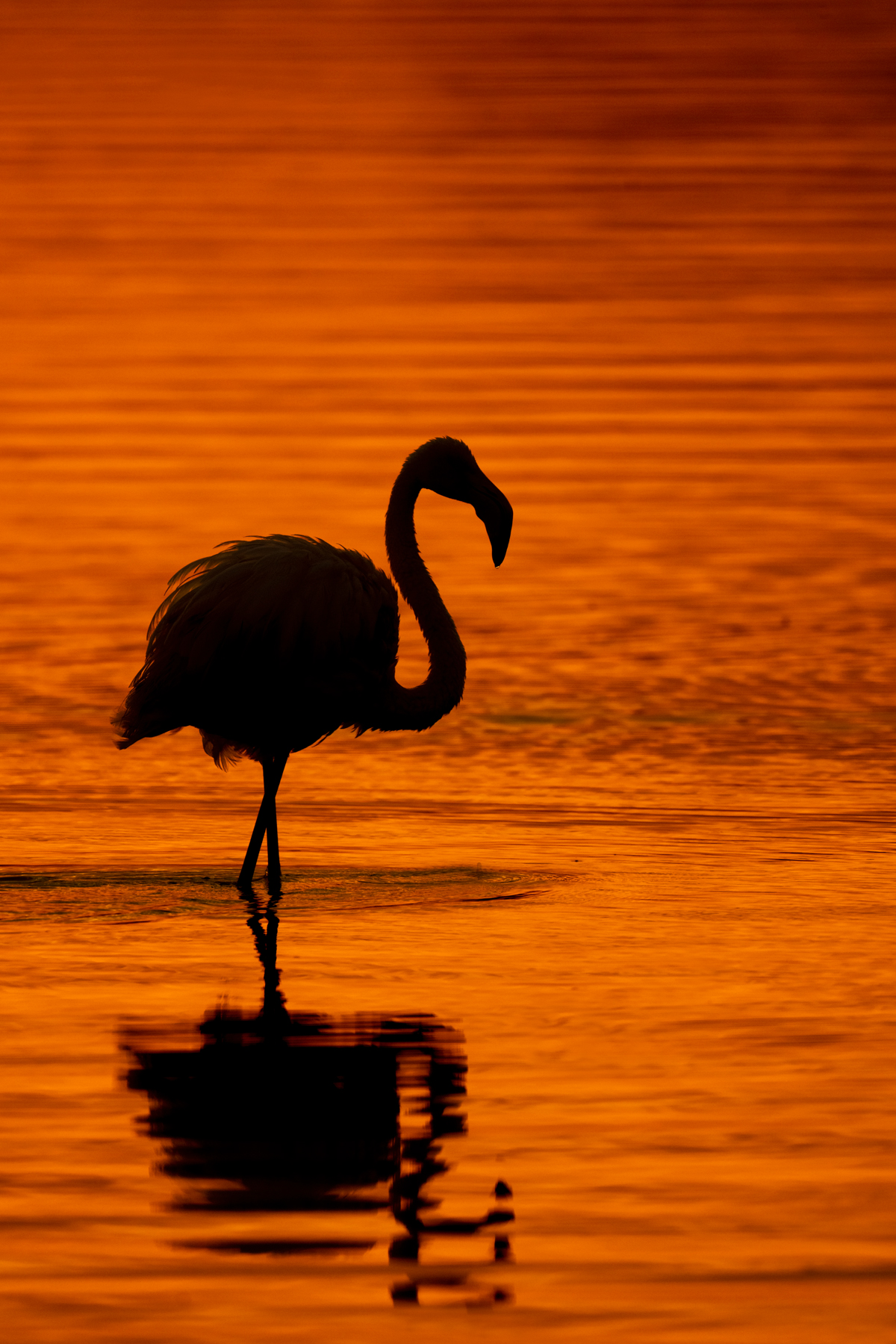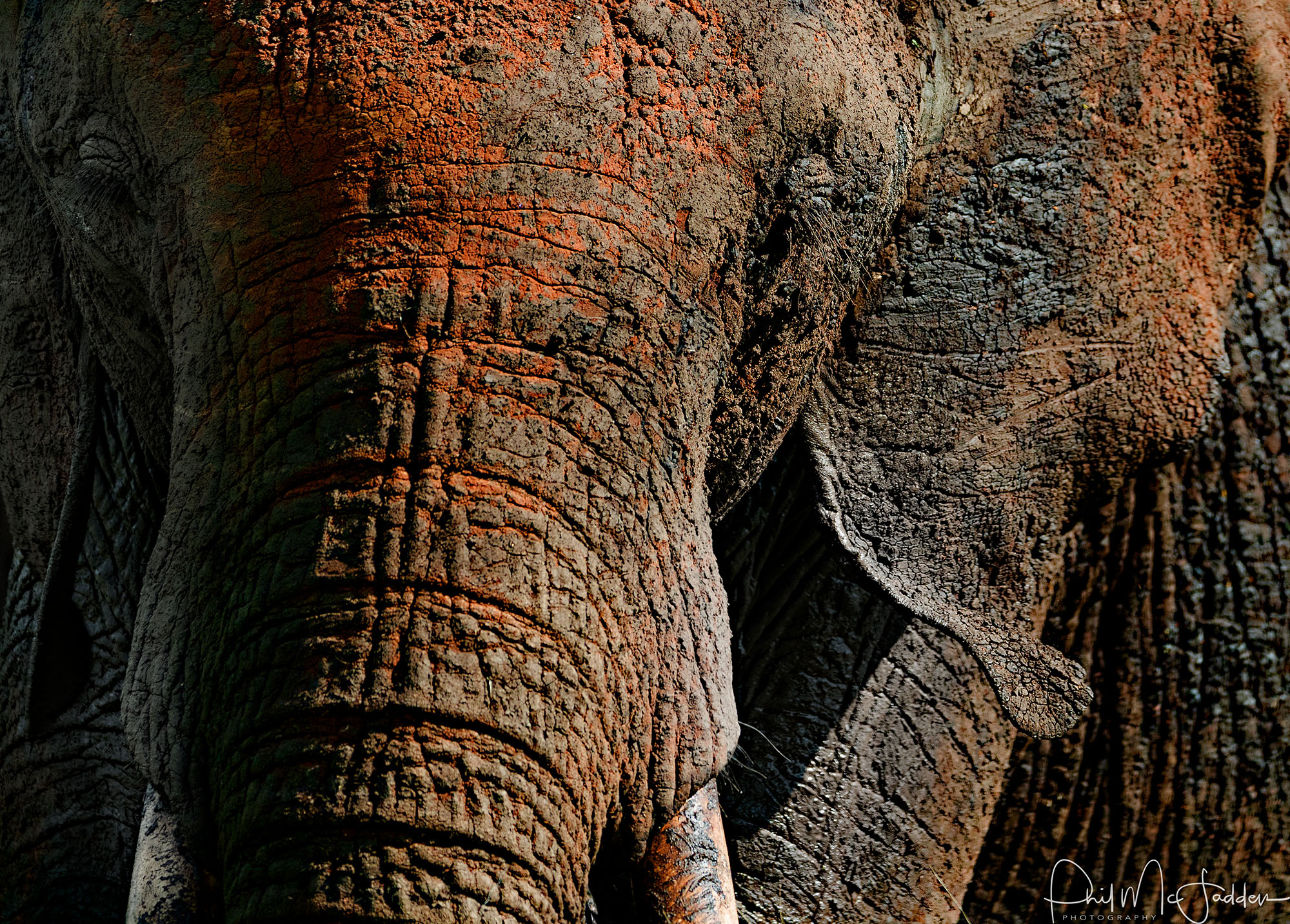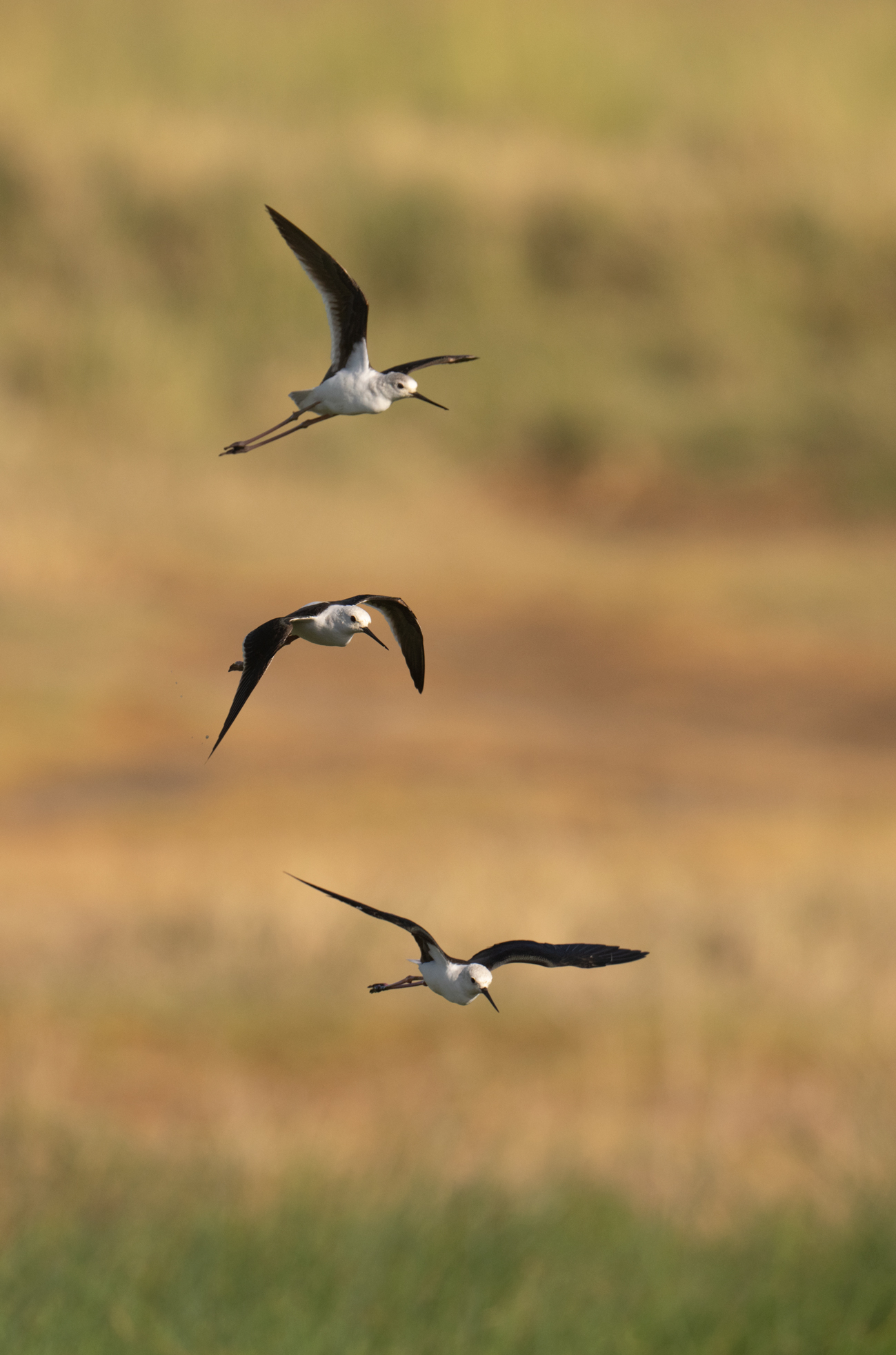A Home of Tree Climbing Lions
Lake Manyara National Park, named from the Maasai word “enyara,” spans 330 sq. km in northern Tanzania’s Great Rift Valley. Its diverse landscapes—alkaline lake, grasslands, woodlands and dense forests—support rich wildlife, including iconic pink flamingos, making it a vital biodiversity hot spot and a stunning destination for exploration.
Tree Climbing Lions
Lake Manyara National Park is one of the rare places where lions are seen climbing trees. They perch on branches, likely to escape ground insects and enjoy the cool breeze. This unique behavior makes them a fascinating sight for visitors exploring the park’s diverse wildlife and stunning landscapes.
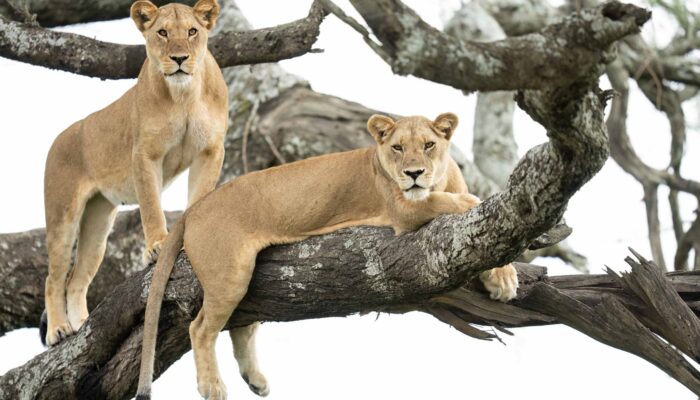
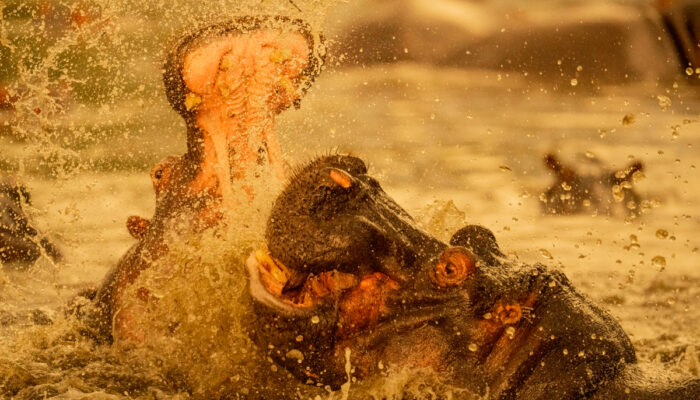
While Lake Manyara National Park lacks dense wildlife populations, it boasts remarkable diversity. Large elephant herds thrive, alongside giraffes, zebras, and wildebeest. Of the Big 5, only rhinos are absent, while the park’s lions uniquely climb trees. Spotted hyenas dominate, making leopard, cheetah, and wild dog sightings rare. Birdwatchers enjoy over 400 species, and the landscape features stunning ancient fig trees and giant baobabs.
The Tree-Top Canopy Walk
The tree-top canopy walk in Lake Manyara National Park offers a unique way to view wildlife. Elevated above the ground, you can spot primates and various bird species in their natural habitat, providing a thrilling and immersive forest experience.
